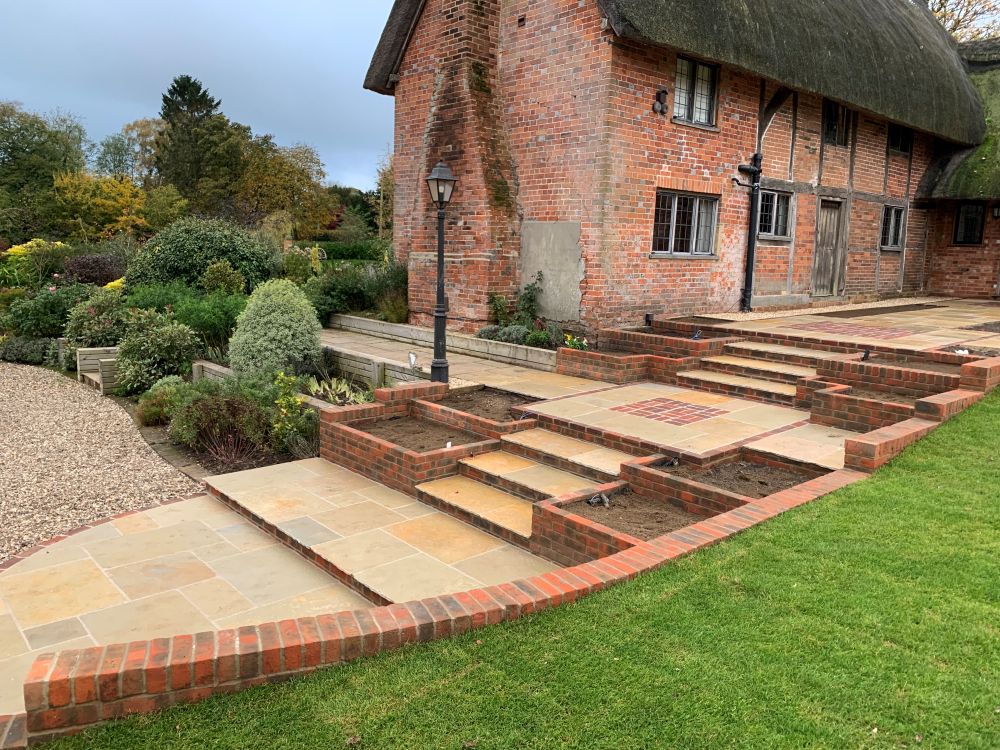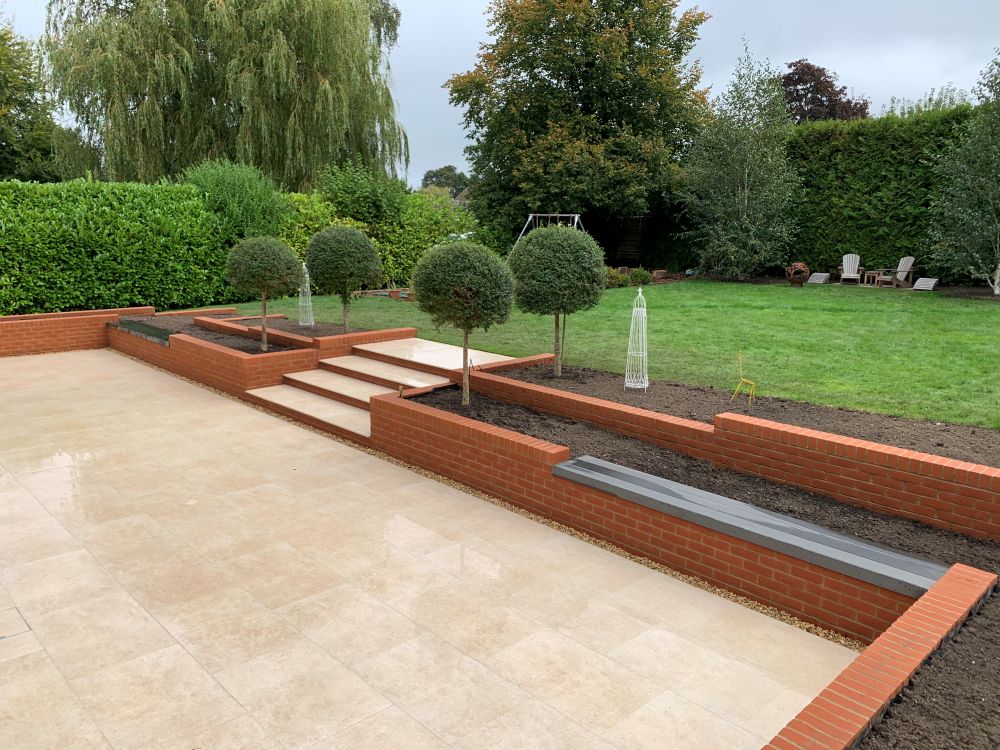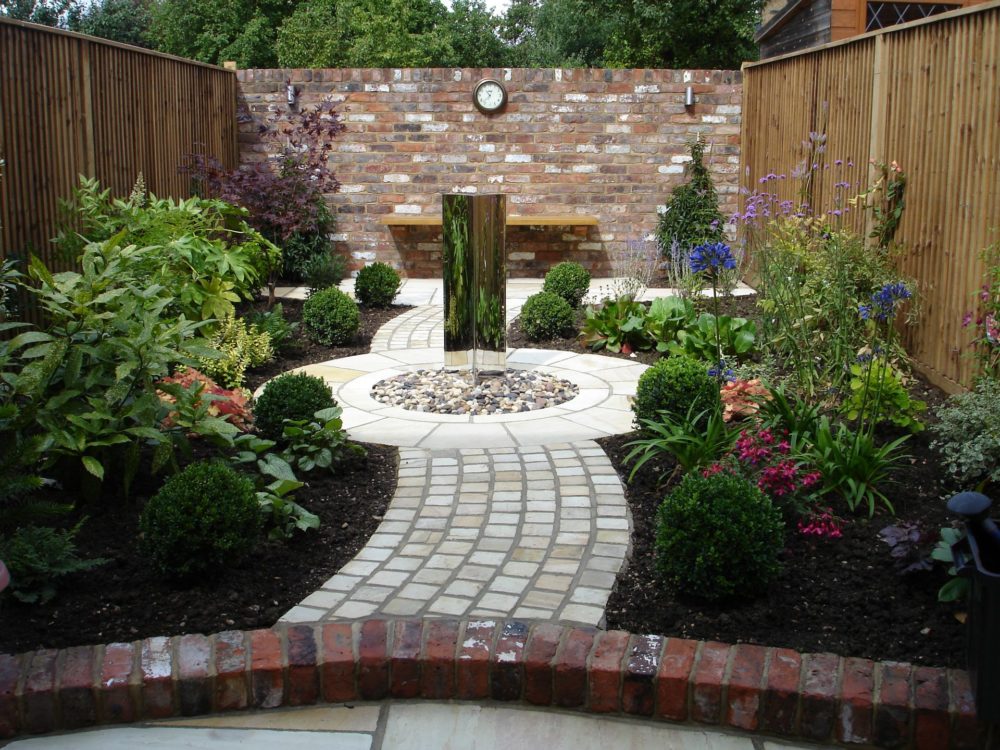Designing with Balance
We are all looking for balance in our lives and this is also reflected in our outdoor spaces. In this post, I'll share with you how I try to achieve a feeling of balance in my garden designs.
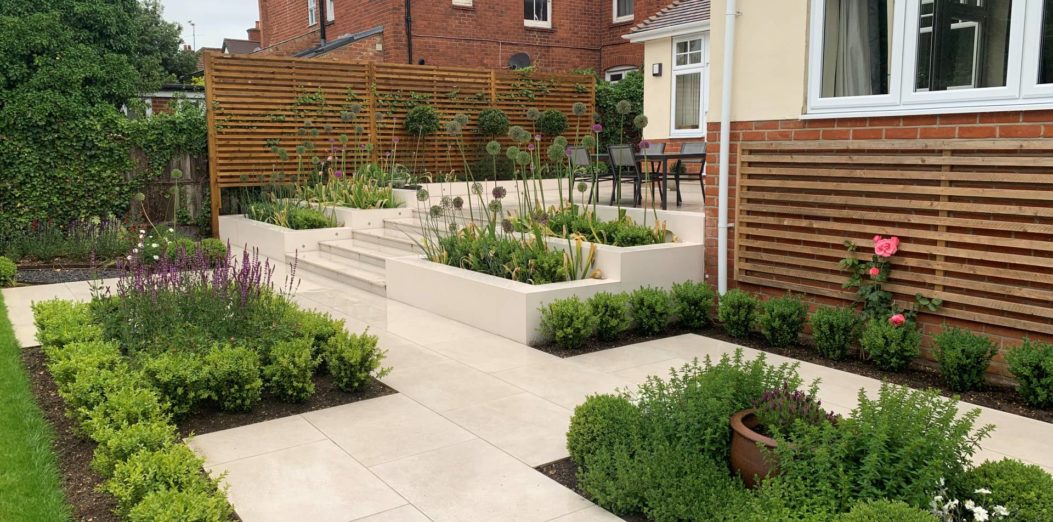
Balance is a key principle in garden design and it is achieved when a garden has a harmony to it, making viewers feel comfortable and at ease, yet at the same time providing enough visual interest and enough choices when you are moving through it.
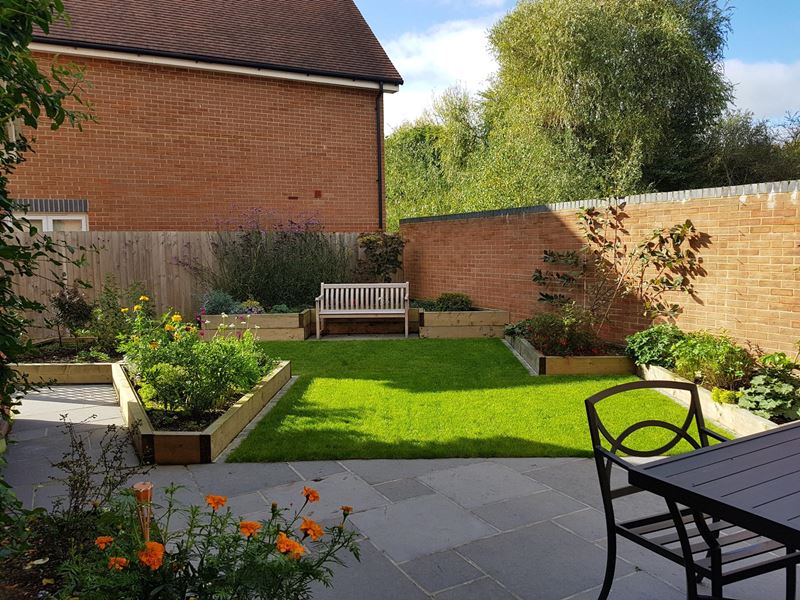
It is created by considering many design elements such as:
- Voids and masses
- Light and shade
- Enclosure and exposure
- Colour
- Movement
- Character
- …as well as many others
The tricky yet exciting part of creating balance in a garden, is that plants are living and forever changing and therefore the balance is always evolving.
Using Symmetry and Asymmetry in Design
Symmetry and asymmetry are widely used to create balance in garden design. Depending on the effect you want to create in your garden you may decide to use either of these or a combination of both.
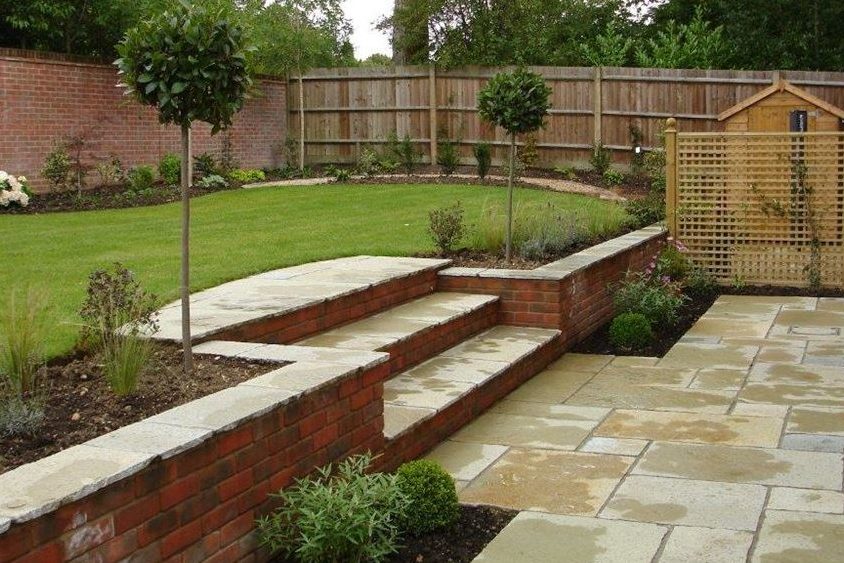
Symmetry
Symmetry, is when both sides of a composition are equal. One side is essentially a mirror of the opposite side. This type of balance is most recognisable in traditional formal layouts.
The use of visibly defined geometric shapes mirroring each other in a precise order, creates a sense of stability and control.
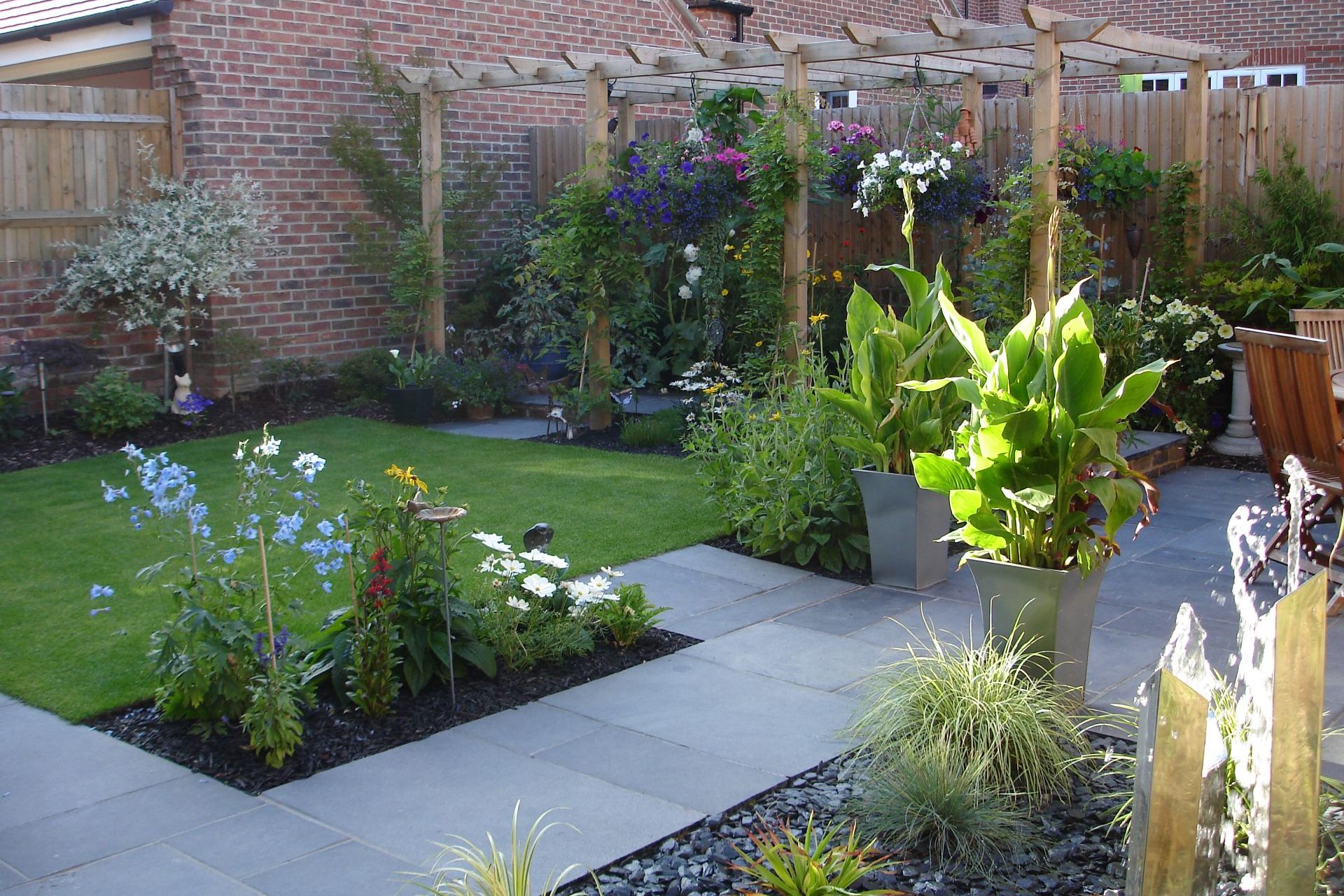
Asymmetry
Asymmetry is less obvious and, if done well, almost invisible. It gives a more natural, less defined, and controlled look.
The position of the trees and paths in a design might seem random at first, but if analysed, they have been carefully placed to create asymmetrical balance. It gives the feeling that the garden is part of a wider landscape.
How Does Balance Work in Practice?
Creating balance in a garden is unique to each individual space but there are a few things I consider when trying to create balance:
- I use materials and colours inspired by the architecture and existing structures on site to make the space more unified and balanced. Keeping the change in materials to a minimum can help add consistency and tie together the elements within the garden.
- I like to introduce changes in level to create multi-dimensional balance such as raised planters or structures such as pergolas. This is particularly important in gardens whose existing levels are very flat.
- Trees are very handy for providing structure and can be used to improve the balance between hard and soft landscaping. Formed trees such as pleached trees add to the symmetry whereas multi stemmed trees add asymmetry. They also create shady spaces for rest in open sunny gardens.
- I aim to use colour in moderation so it doesn’t overpower the garden. This doesn’t always have to be introduced through planting. Colour balance can be created using furniture or characterful hard landscaping materials such as brick detailing or colourful feature pots.
- I think about balancing rich textures and colours of planting with plain and even garden backdrops and visa versa. An example might be positioning simple Venetian fencing behind colourful mixed planting – or on the flip side, using monochrome planting and repeat shapes against a busy ‘borrowed view’ such as a woodland.
- Finding balance in the garden is a continuous process rather than a static result. Instead of trying to achieve a faultless, unchangeable looking space, I try to establish key focal elements within the design that work together, while also allowing room for the space to evolve and develop in time, this results in an overall well-balanced composition that suits each individual client.
